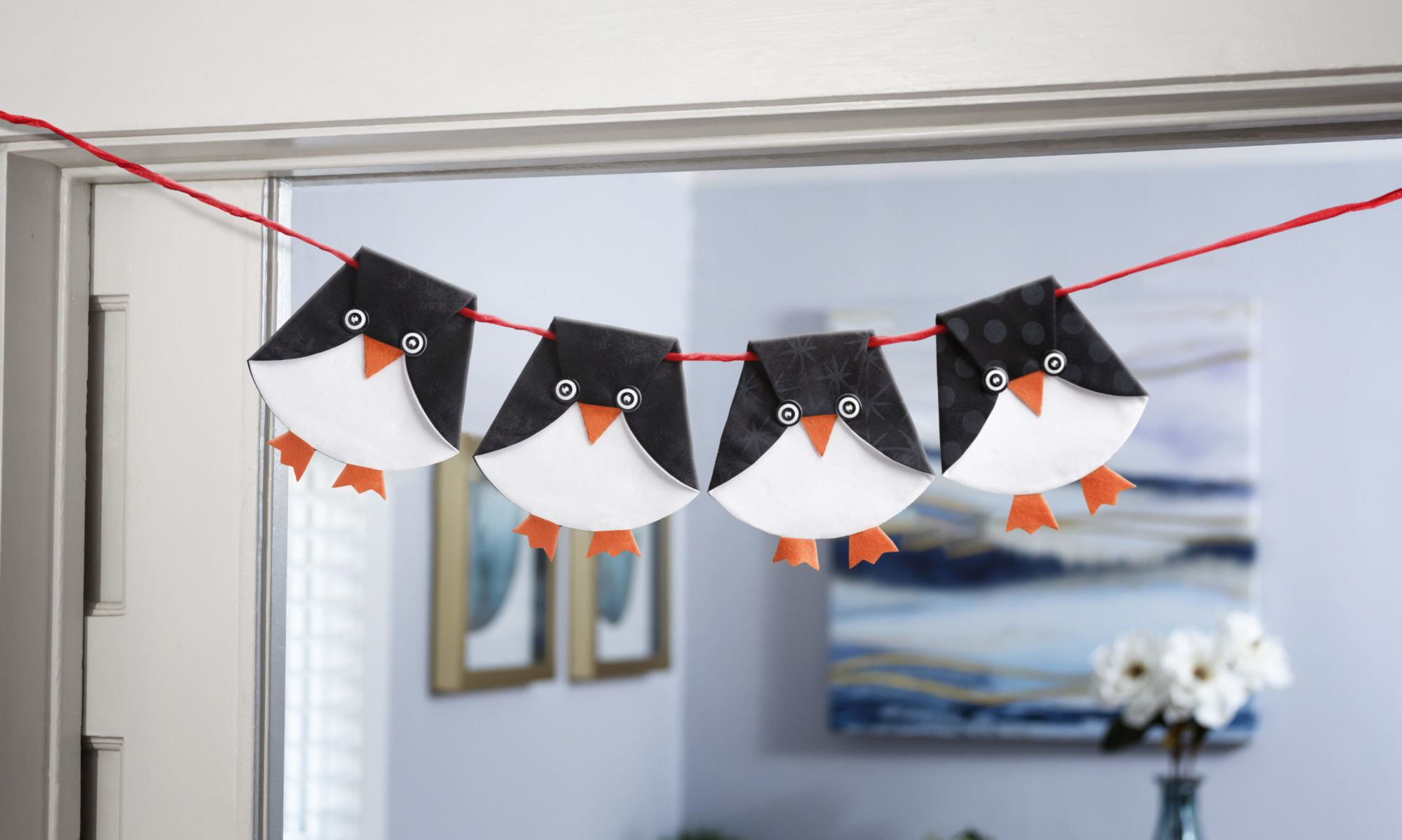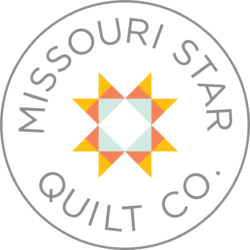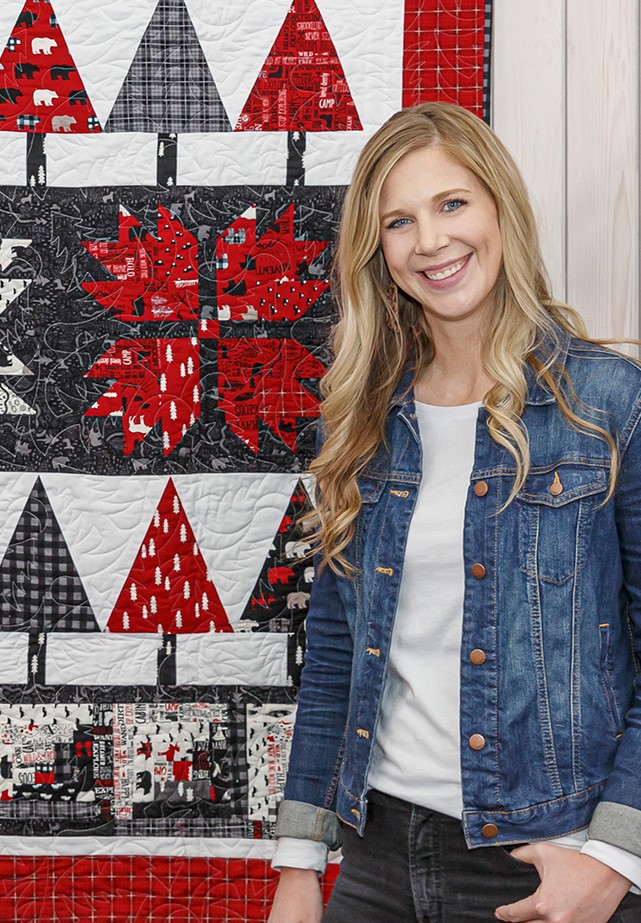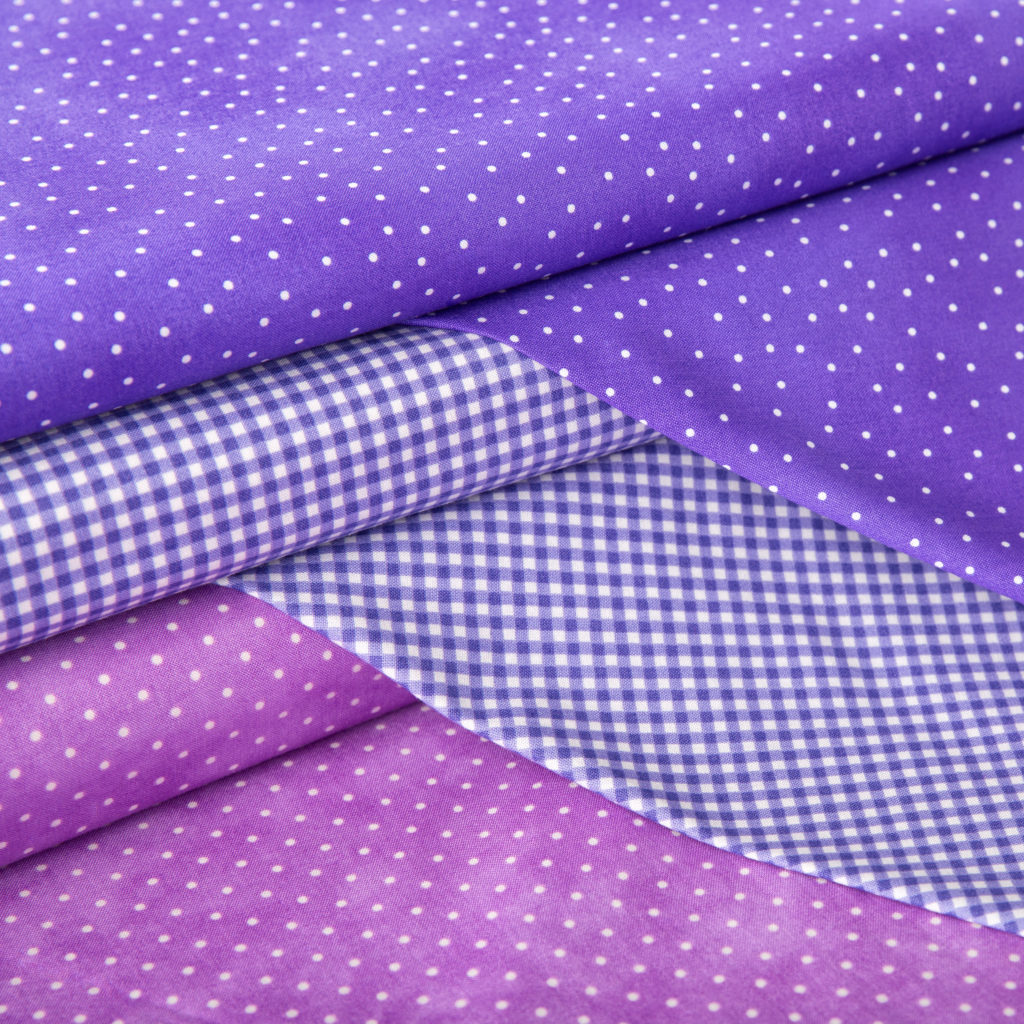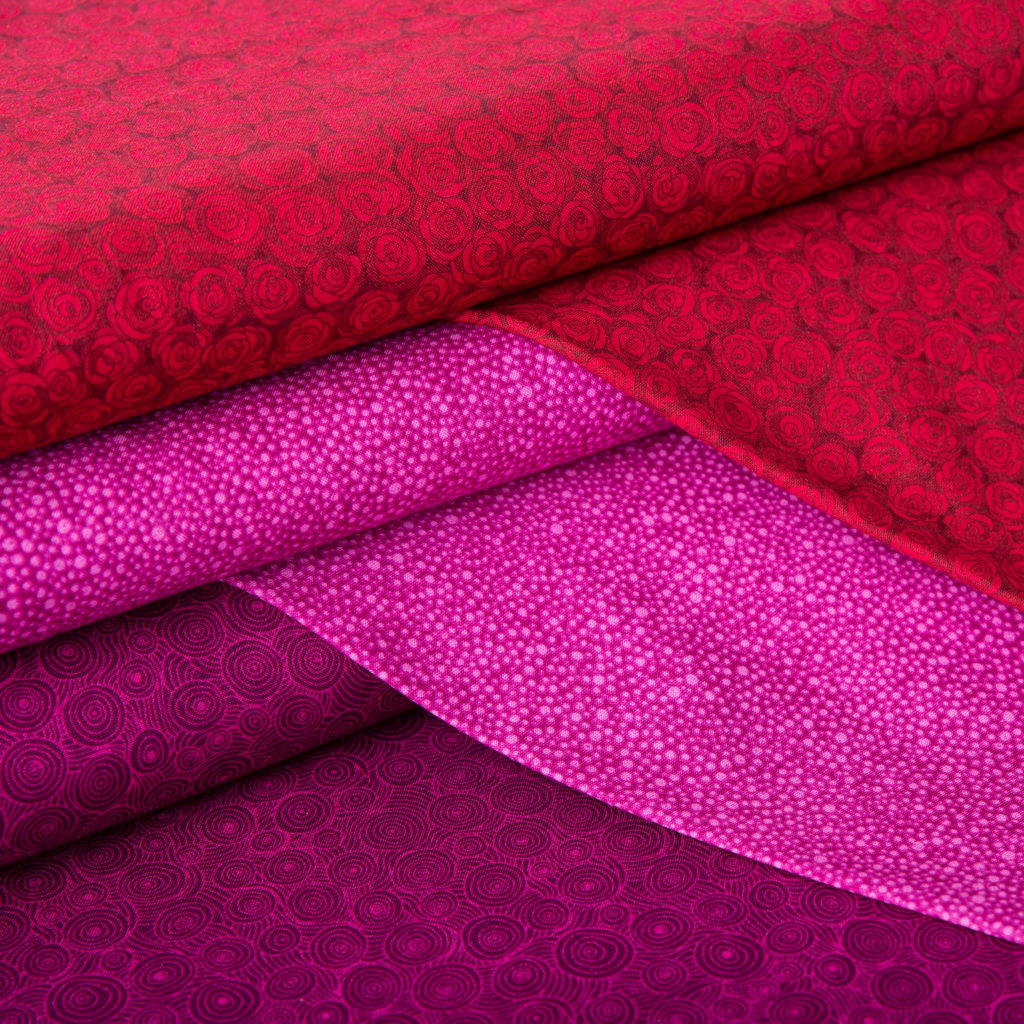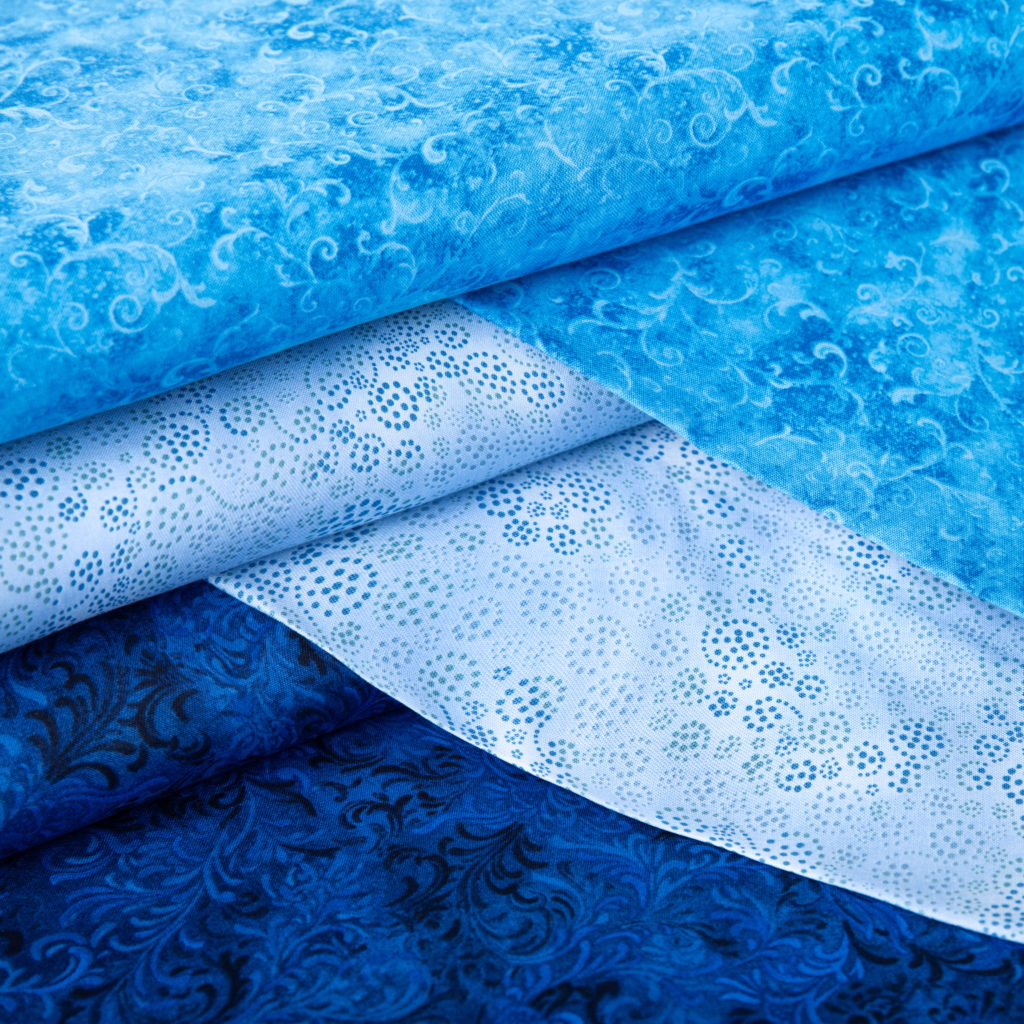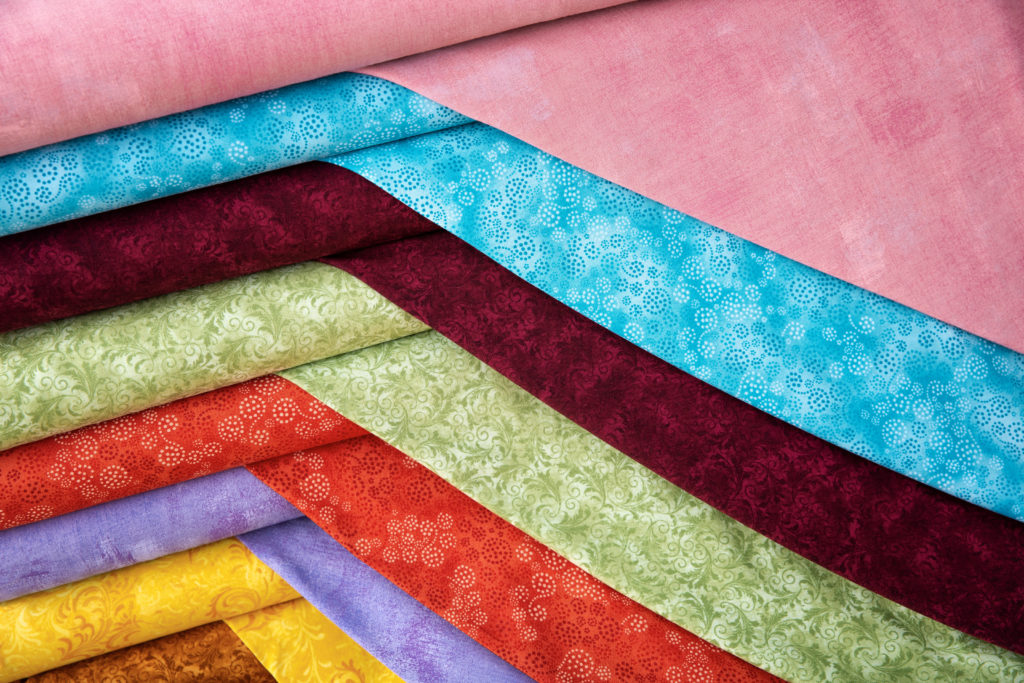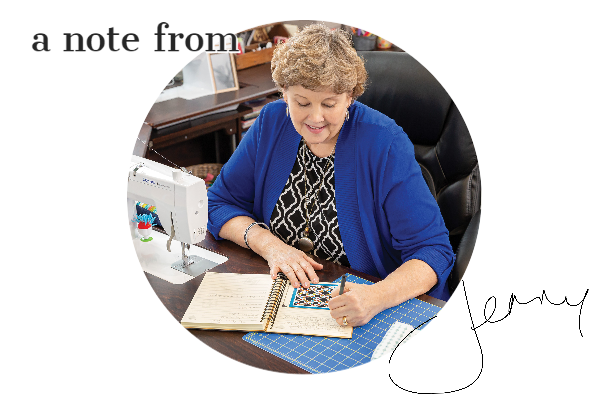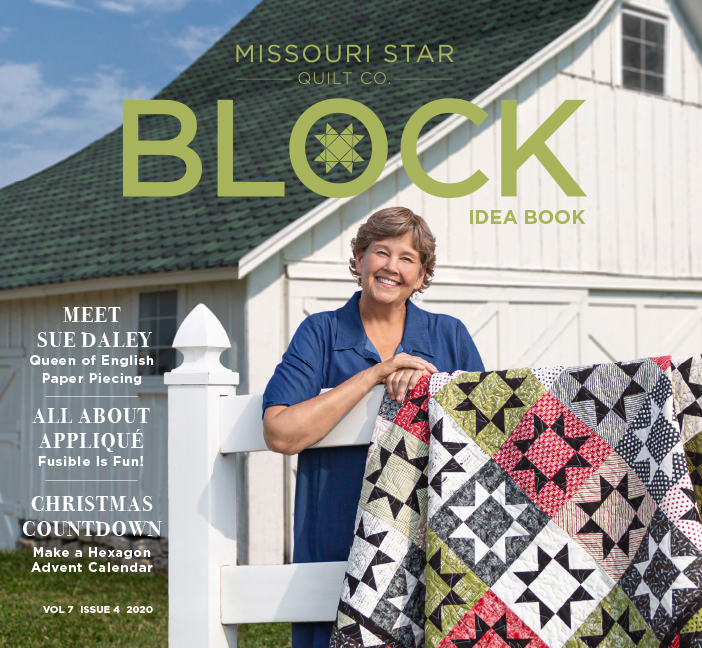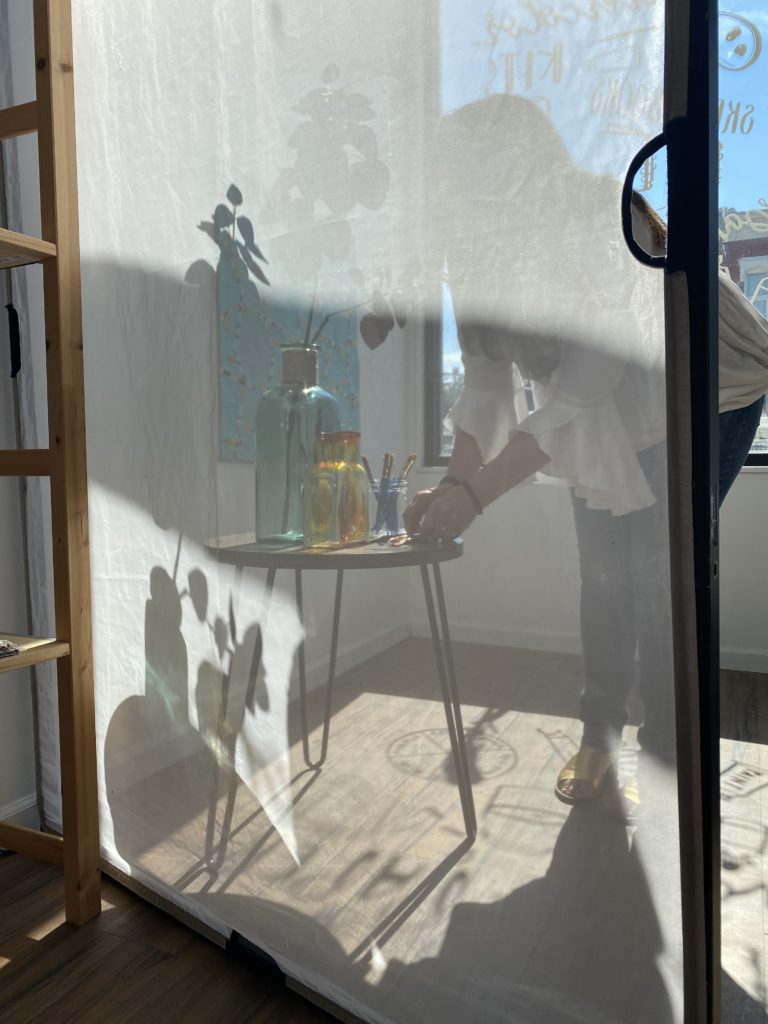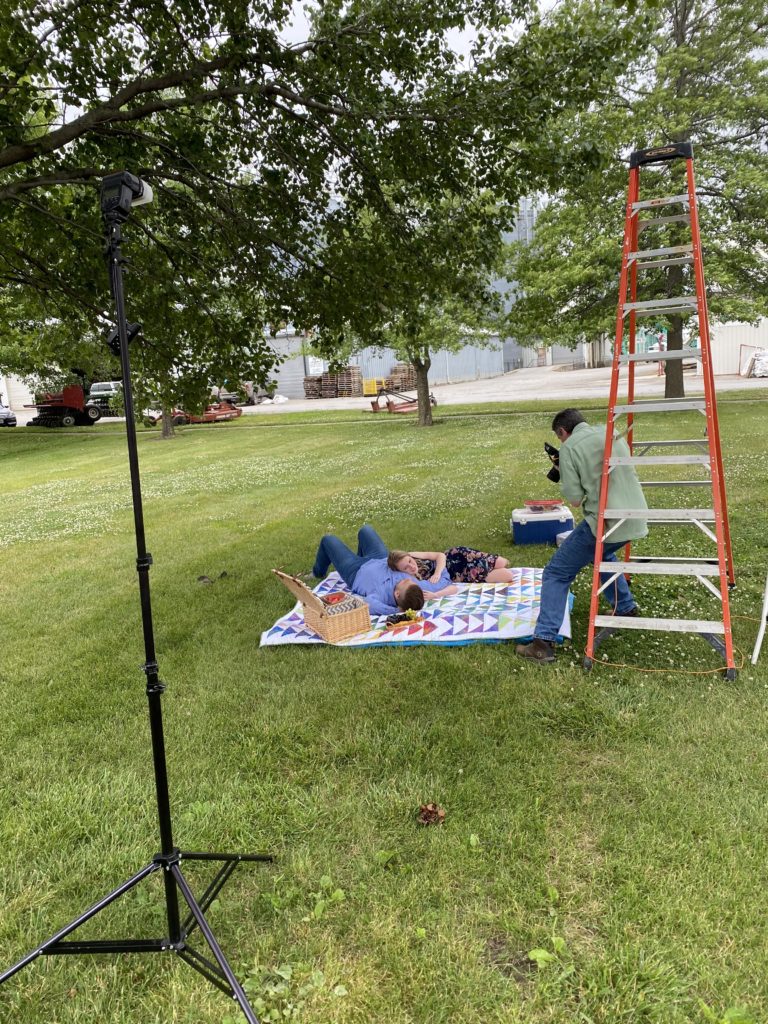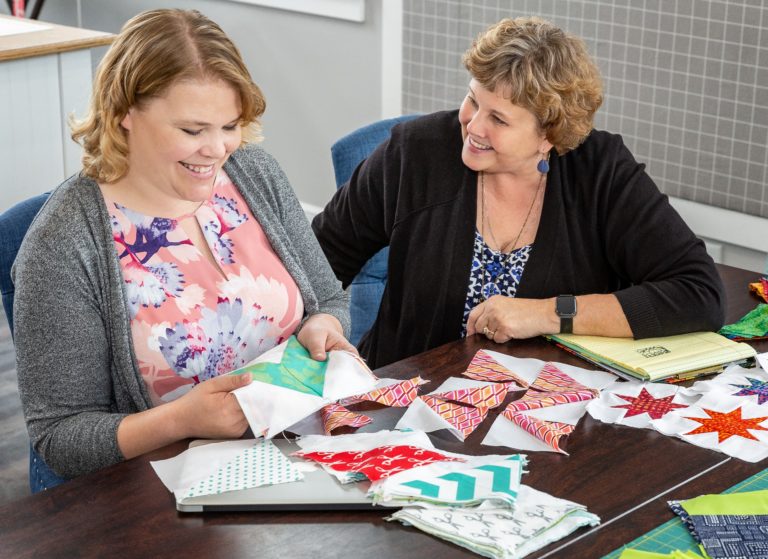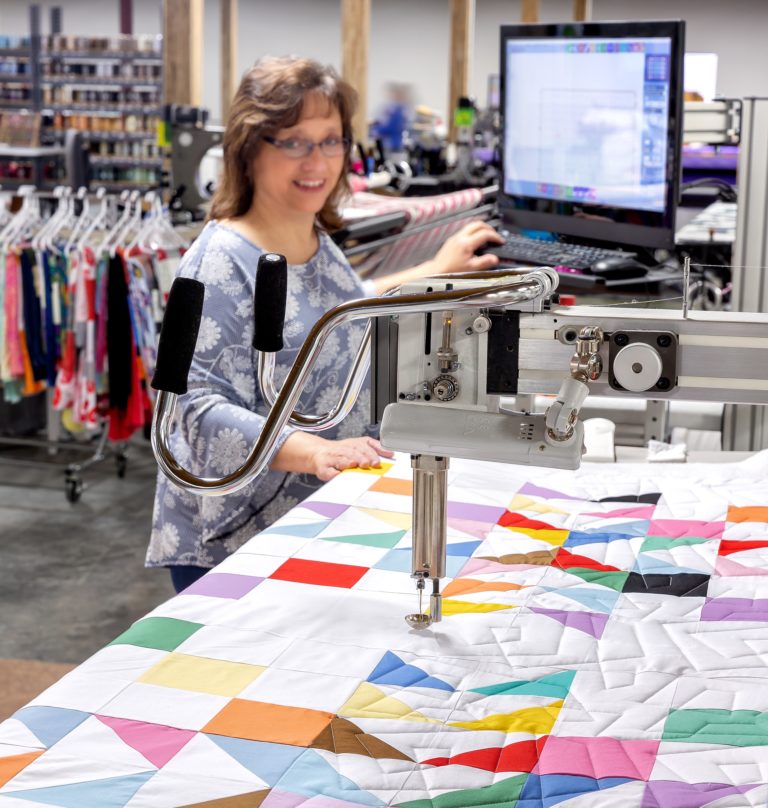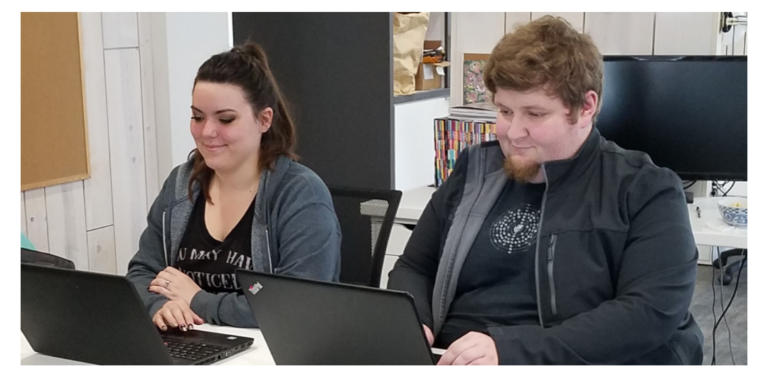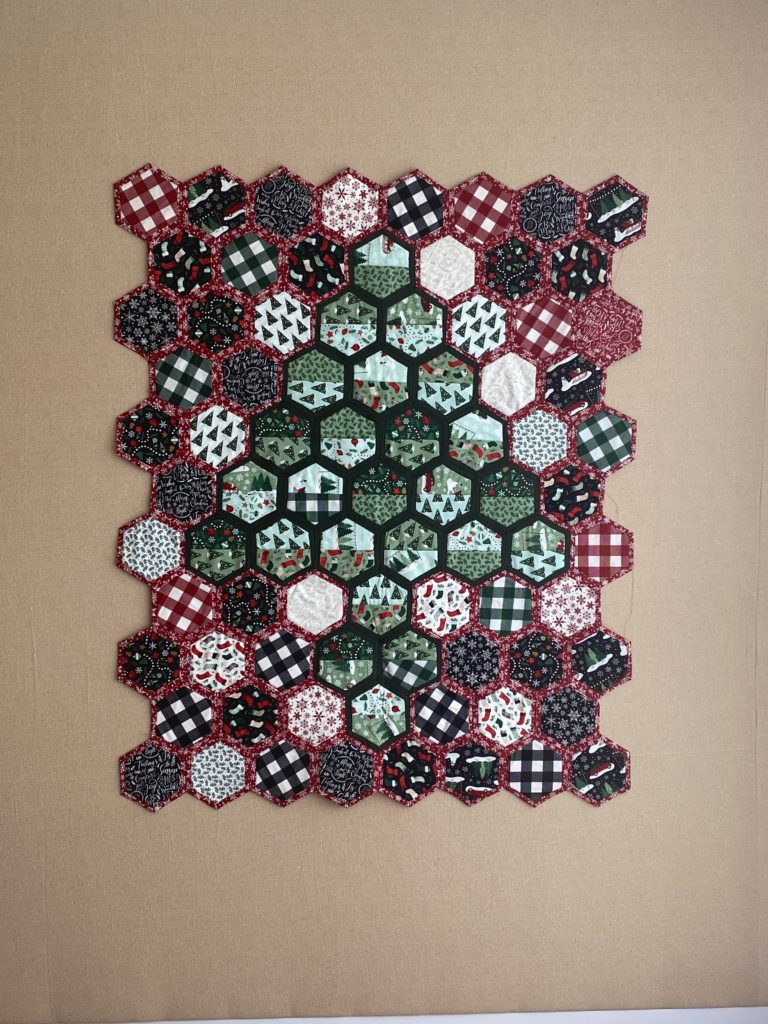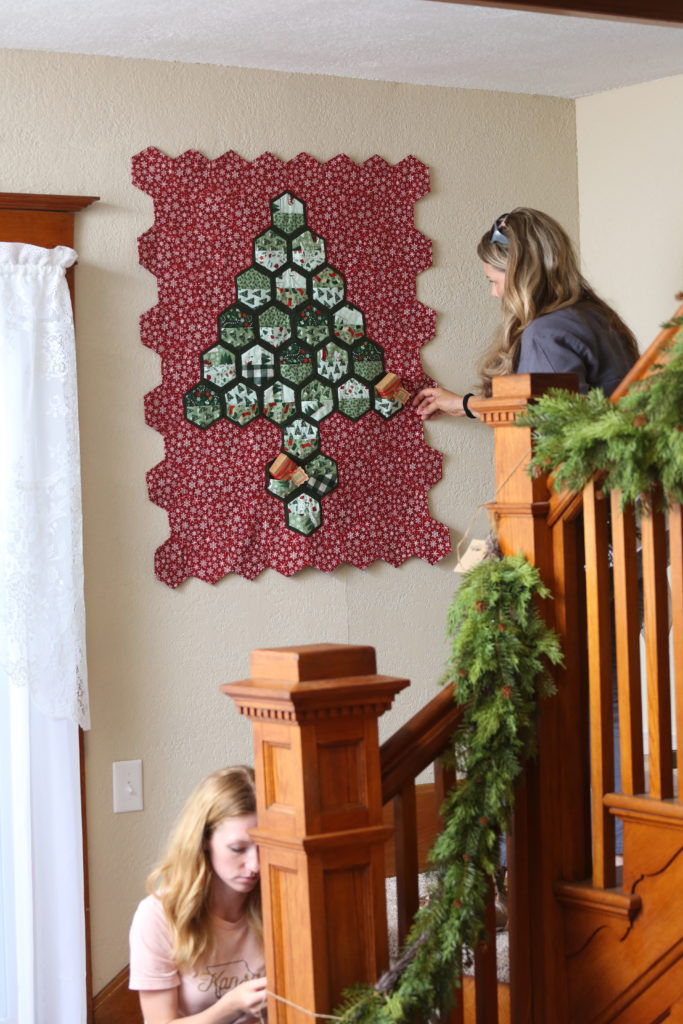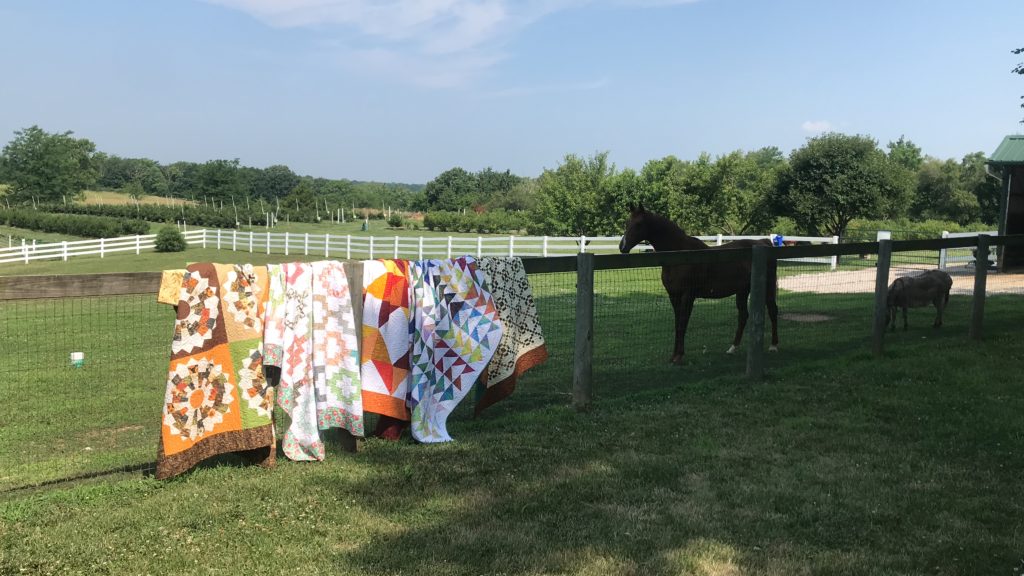Almost 20 years ago, the tiny, rural community of Gee’s Bend was brought into prominence when their quilts were discovered to be works of art, not just the simple bed coverings they’d always believed they had been making. Their quilts were purchased by collectors and displayed in art museums across the country causing quilting to be elevated from folk art to masterpieces. In one of the first reviews of their artwork in 2002, Michael Kimmelman of the The New York Times called the Gee’s Bend quilts “some of the most miraculous works of modern art America has produced” comparing them to renowned artists like Henri Matisse and Paul Klee.
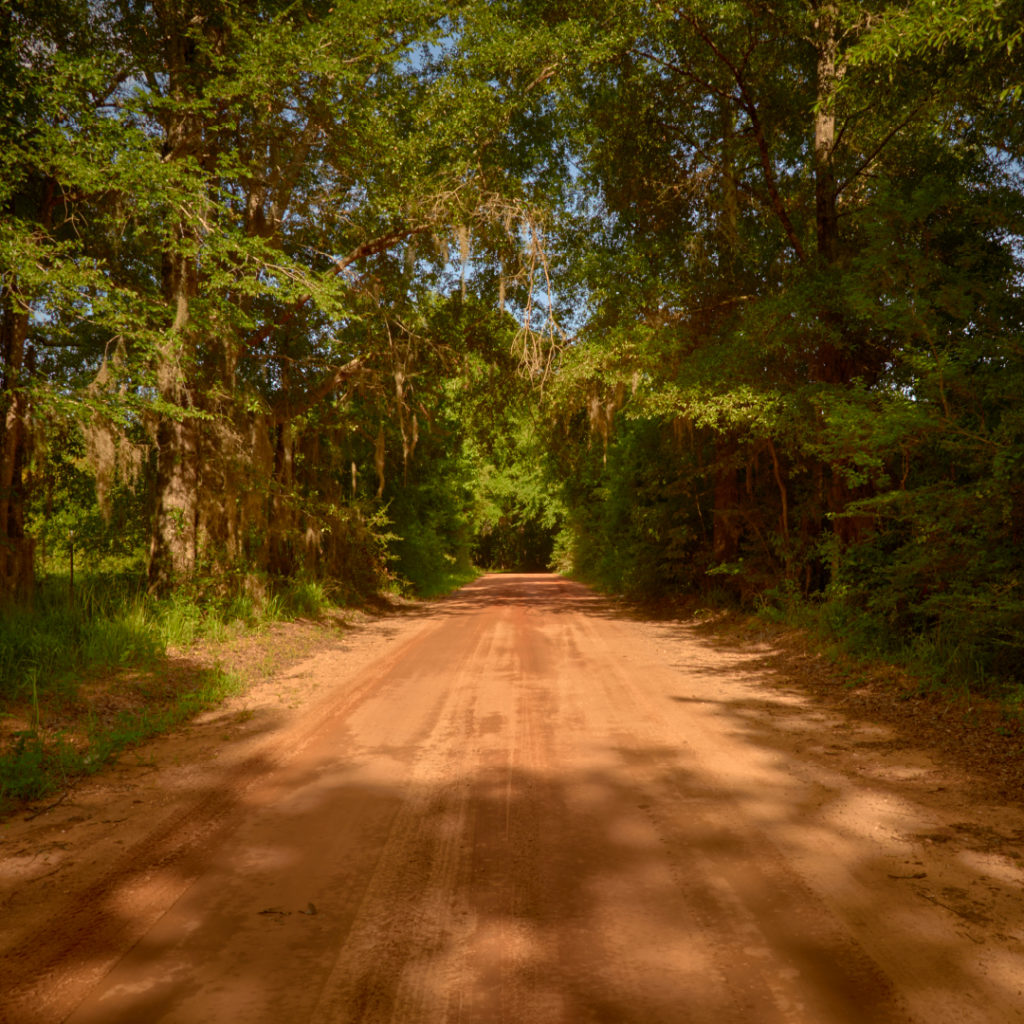
The exceptional modern art style of Gee’s Bend quilts might be attributed in part to their unique community. Their isolated town is nestled in a crook of the Alabama River, surrounded on three sides by water without a bridge or ferry. Being a close-knit group of only a few hundred, the quilters of Gee’s Bend have passed on their knowledge and skill to subsequent generations, untouched by outside influences, allowing their patterns and variations on patterns to live on. In their insular community, they have taken traditional quilt blocks and molded them to fit their own preferences with astonishing results.
Another reason the Gee’s Bend quilters’ style is so unique is their utilitarian spirit. They are a make-do group of women who have taken old work clothing, worn out blue jeans, scraps of corduroy left over from a sewing contract with Sears in the 70s, and just about any kind of fabric they could get their hands on, to make their incredible abstract quilt designs. Without the means to simply buy fabric, they made their scarcity into a feast for the eyes.
They design innately, inspired by their surroundings and what they have on hand, creating organic quilt compositions that go far beyond the precise, mail-order quilts they had once produced back in the 1960s for the Freedom Quilting Bee to sell in department stores like Bloomingdales and Saks 5th Avenue. They allow their quilts to wibble and wobble. The colors alternate as they see fit. They don’t have straight borders. These quilts don’t play by the “rules.”
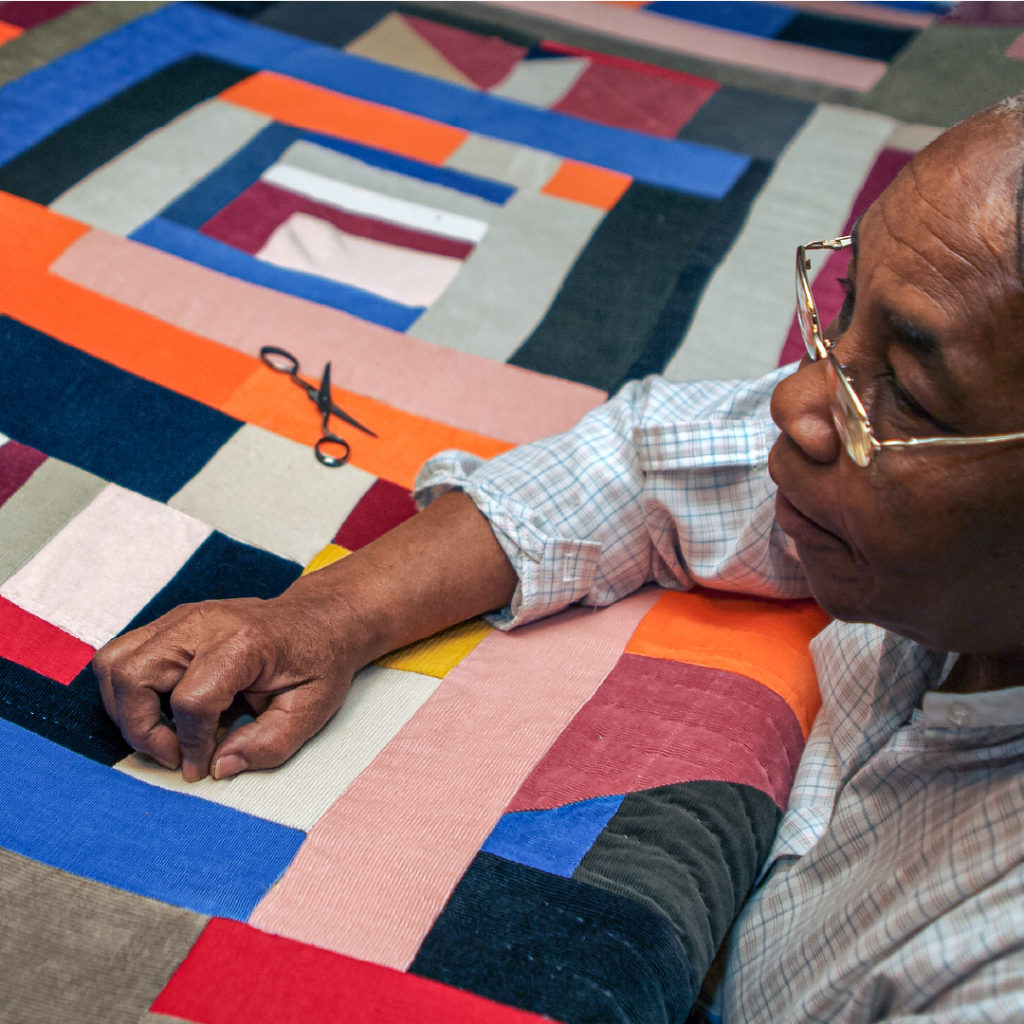
It’s such a pleasure to marvel at the improvisational prowess of the Gee’s Bend quilters—a surprising addition of yellow blocks in a mostly blue, brown, and maroon quilt is a welcome sight. A half-log cabin quilt with blocks turned this way and that feels so freeing. Rows and rows of blue jeans with faded knees turns into a master work when discarded work pants are pieced together just as they are, allowing them to speak clearly of their origins.
In the Gee’s Bend quilts are innumerable variations of the well-known “housetop” quilt block, that many of us might recognize as “courthouse steps,” a variation of the log cabin. They take this block that is built strip by strip, and add vibrant centers or ignore the centers altogether, focusing more on the contrast of light and dark in the strips themselves. They add a few pieces of striped fabric for interest wherever they please. Patterns and solids are used in wildly varying combinations and the colors just seem to work.
After taking in such freely interpreted designs, we hope you feel yourself filled with the desire to play with fabric again, cut it without squinting at the markings on a ruler, and sew it together without a pin in sight. Why not? There are no mistakes to be made when you simply allow yourself to create.
Souls Grown Deep
Ever since their quilts have been discovered to be the works of art they truly are, the quilters of Gee’s Bend have experienced a renaissance of creativity in their community. Those who had long since put down the needle and thread have picked it up again in the fervor of renewed quiltmaking, and those who had never been interested in the art of making quilts before suddenly found themselves longing to be a part of this vibrant group of quilters. All were welcomed in and during the past 20 or so years, more quilts have been made than ever before. And they’re just as beautiful and inspiring as we remember.
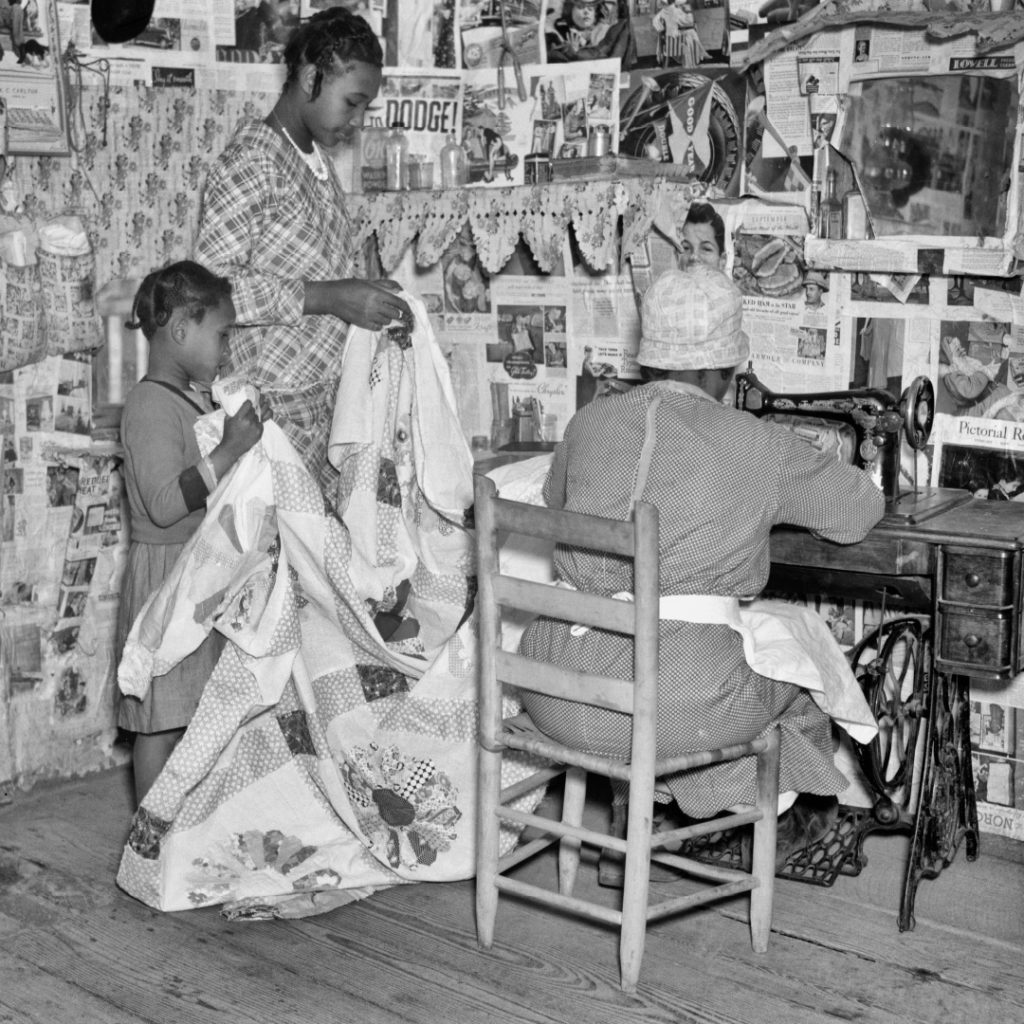
To help this community continue to promote their art and to protect the livelihoods of these quilters, Souls Grown Deep has partnered with Nest to help the quilters of Gee’s Bend. The Nest team has spent time in Gee’s Bend with the quilters there, building relationships and getting to know these wonderful women to help them market their world-renowned quilts and make sure their unique stories are heard.
Gee’s Bend has an average annual income of $12,000 and more than half of their population struggles with poverty. Many don’t have internet access in their homes and as a result, it has hindered their ability to connect with those outside their community and reach a wider audience to sell and to display their quilts. Souls Grown Deep, with their partner Nest, is working with these wonderful quilters to help them receive fair payment for their quilts and build a strong foundation for future financial success.
To learn more about Gee’s Bend Quilters, view their quilts online, and purchase their works of art, please visit: www.etsy.com/featured/black-history-month#gees-bend
